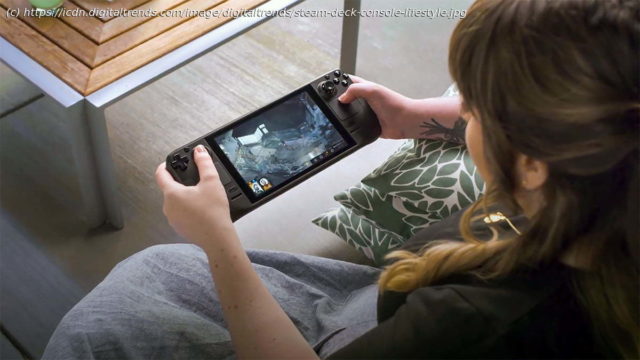Valve’s new handheld game system, the Steam Deck, is built from the ground up to work with Steam’s platform and cross-play with your PC. Here’s what to know.
Valve has announced a game-changing handheld called the Steam Deck. Yes, it works with your Steam library, and it’s available for pre-order. Here’s everything you should know about the Steam Deck, how it compares, what it can do, and how you can get your hands on one. The Steam Deck is a new handheld gaming device announced by Valve in mid-July (right after Nintendo opened pre-orders for its OLED Switch). As the name suggests, the handheld is designed to work with Valve’s immensely popular Steam platform and will allow players to play any of their Steam library on the go. The Steam Deck does share some similarities with the Switch, such as dual joystick controls, dock-based charging, and the ability to connect it to an external display. There is also a 7-inch screen with a 1200 x 800 resolution (no 4K output supported), and battery life is reported to last up to seven or eight hours, depending on use. Connections include a USB-C port for charging, as well as an SD card slot for extra storage. A Steam-powered handheld may make a lot of sense, but gamers naturally have many questions about just how well this device can perform. The best comparison is a small gaming laptop, but the Deck’s components are fairly unique: Steam partnered with AMD to customize a Zen 2 CPU to power the Deck, while an RDNA 2 takes care of graphics. There’s also a healthy 16GB of RAM and up to a 512GB solid-state drive for storage. Finally, Valve has said that Steam Deck will support cloud saving tied to your account, which means you will be able to play a game on your PC and then pick it back up on the Deck for mobile play without losing any progress.






